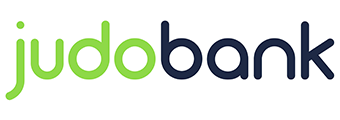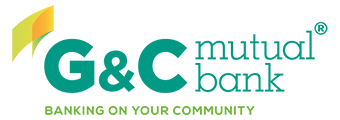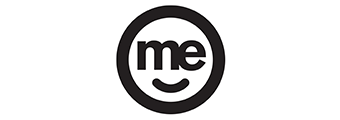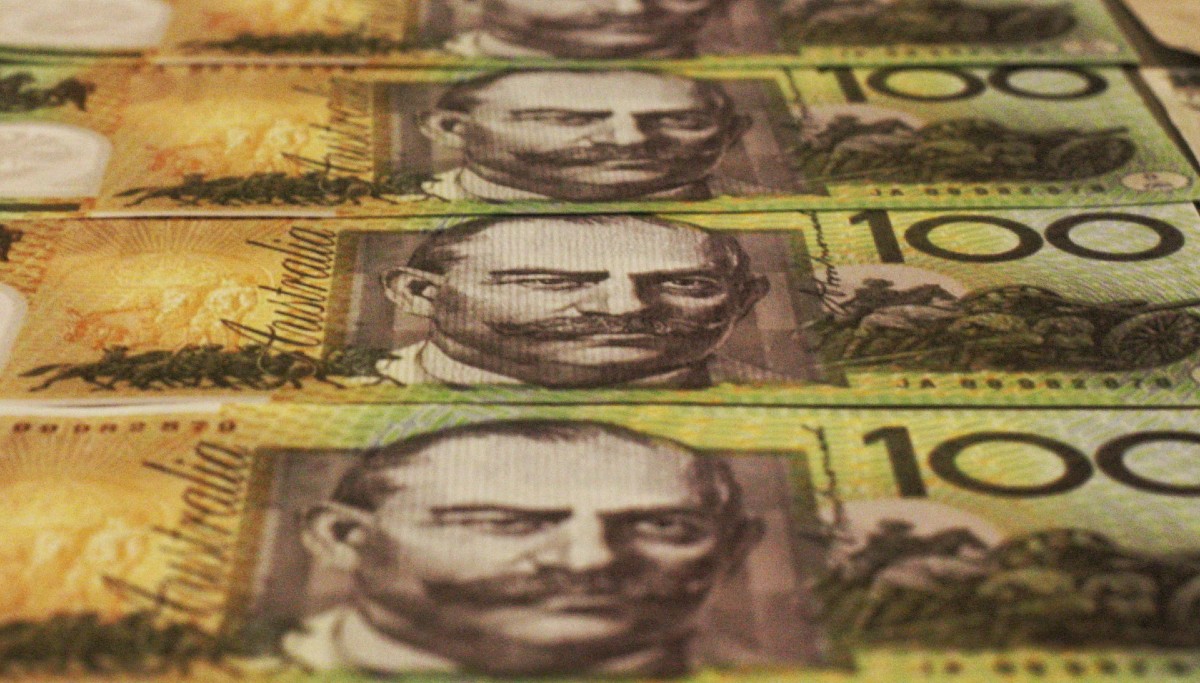BREAKING NEWS: The RBA has just announced it has cut. For more, stay tuned.
The Australian economy has entered uncharted waters.
Most economists had predicted the next rate cut would be in April, but the rapidly unfolding nature of the coronavirus (COVID-19) pandemic has led central banks overseas to make unprecedented cuts to their cash rates this week, leading many to believe the Reserve Bank of Australia (RBA) will follow suit.
On Sunday, the US Federal Reserve slashed its interest rate by 100 basis points to near zero. New Zealand's RBNZ also slashed its rate by 75 basis points.
The RBA is expected to make a monetary policy announcement later today in which many economists believe the central bank will lower the cash rate to 0.25% - another new low - and unleash quantitative easing for the first time ever.
"The Bank will announce further policy measures to support the Australian economy on Thursday," RBA Governor Philip Lowe said on Monday.
The ASX RBA Rate Indicator is pricing in a 100% chance of a cut today.
Need to stash your cash before the next rate cut? The table below displays a snapshot of one-year term deposits with high interest rates.
| Bank | Term Deposit | Interest Rate | Interest Frequency | Term | Automatic Rollover | Maturity Alert | Early Withdrawal Available | Minimum Deposit | Maximum Deposit | Notice Period to Withdraw | Account Keeping Fee | Online Application | Joint Application | Tags | Features | Link | Compare | Promoted Product | Disclosure |
|---|---|---|---|---|---|---|---|---|---|---|---|---|---|---|---|---|---|---|---|
4.50% p.a. | At Maturity | 3 months | $5,000 | $10,000,000 | – | – |
| Promoted | Disclosure | ||||||||||
4.90% p.a. | At Maturity | 6 months | $1,000 | $1,000,000 | – | – |
| Promoted | Disclosure | ||||||||||
4.80% p.a. | At Maturity | 6 months | $1,000 | $1,000,000 | – | – | |||||||||||||
4.75% p.a. | At Maturity | 6 months | $5,000 | $1,000,000 | – | – | |||||||||||||
4.65% p.a. | At Maturity | 6 months | $5,000 | $19,999 | – | – | |||||||||||||
4.60% p.a. | At Maturity | 11 months | $5,000 | $10,000,000 | – | – |
| Promoted | Disclosure |
It will be the first out of cycle rate cut the central bank has made since 1997: The central bank has made it clear that it will not take interest rates below 0.25%.
The RBA board normally only meets on the first Tuesday of every month to make their decision on the cash rate, so the fact they are meeting today is highly unusual.
But in the last two weeks, global stock markets have been in freefall as the world - and Australia - reels from the economic catastrophe caused by the coronavirus.
Even at the height of the global financial crisis (GFC) or post 9/11 the Reserve Bank didn't cut the cash rate twice in one month, but these are unprecedented times we're living in to say the least.
NAB economist Rodrigo Catril said the unprecedented decision by the US Federal Reserve has increased the chances of the RBA making an emergency rate cut.
"NAB has forecast a follow-up 25bp rate cut to 0.25% in April, but fast-changing events mean the risk of an inter-meeting rate cut by the RBA to 0.25% is likely to have increased sharply," Mr Catril said.
"This was not how the RBA behaved during the global financial crisis or even after the 9/11 terrorist attacks, preferring to move at scheduled Board meetings.
"However, with the next Board meeting still three weeks away on April 7 and the world and Australian economies continuing to rapidly deteriorate, there seems little point in waiting three weeks to deliver further support to the Australian economy on the interest rate front."
Will a cash rate cut be enough?
Cuts to the official cash rate are often good news for the economy and for borrowers, but many are questioning just how effective more rate cuts will be given the current state of events.
Most economists predict Australia will fall into a deep recession as a result of the fallout from the coronavirus, and that further monetary policy will not be enough to prevent it.
"Unfortunately we expect the economic impact of COVID-19 to tip the economy into recession," economists at ANZ said.
"Policy stimulus will help, but it won't be able to offset the demand loss that will come from social distancing and widespread closures."
The govt was slow out of the blocks. They had the Governor of the RBA last year advising them to stimulate the economy, because it was very weak & consumption was low. Oz goes into this episode far weaker than we should have been, had the LNP acted last year. #auspol pic.twitter.com/ZMi9uyNCth
— Wayne Swan (@SwannyQLD) March 17, 2020
Yesterday, the Morrison government announced further restrictions on non-essential indoor gatherings of 100+ people in a bid to control the spread of the virus.
A blanket 'do not travel' advisory has also been put into place on all Australians for overseas travel, and Tasmania has enforced tough new quarantine measures. From midnight on Friday, all 'non-essential' travellers into the state will be required to undergo 14 days' quarantine.
'Essential' travellers include health care workers, emergency workers, defence personnel, air and ship crew, specialists, and essential freight personnel.
Qantas and Jetstar have also announced they will be standing down 20,000 workers and suspending all international flights. Virgin Australia has also grounded its international fleet.
Westpac chief economist Bill Evans said the bank has revised its forecast and now expects unemployment to reach 7% by October 2020 due to a "much larger negative shock" to industries like accommodation, hospitality, tourism and education.
"We do expect that participation will ease with the rate falling from 66.1% to 65.4% as workers discouraged by a deteriorating labour market give up looking for employment," Mr Evans said,
"This nexus between unemployment and participation will be critical as for the near term we have assumed that the fall in participation will be driven not so much by a mass exiting of workers from the market but rather a moderation in the inflow new workers from population growth as some become disillusioned by a deteriorating labour market and give up looking for work.
"Of course, the situation this time is more complex that we have experience in recent slowdowns and with potentially wider job loss/hours worked lost as households become increasingly income stressed participation may hold up more than we expect hence there are upside risks to our unemployment forecast."
CommSec chief economist Craig James said it's not impossible for Australia to avoid recession.
"Australia avoided entering recession in the GFC but it will be harder to do so this time. But it is by no means impossible," he said.
"Stimulus is being applied. The Chinese economy is returning to normal, supporting supply chains. People are still engaging in normal activities.
"If the tighter regulation applied by countries on travel and mass gathering is successful in stabilising active COVID-19 bases, then they may follow the recovery path shown by China."
More to come

Ready, Set, Buy!
Learn everything you need to know about buying property – from choosing the right property and home loan, to the purchasing process, tips to save money and more!
With bonus Q&A sheet and Crossword!








 Denise Raward
Denise Raward
 Harry O'Sullivan
Harry O'Sullivan

 Harrison Astbury
Harrison Astbury
 William Jolly
William Jolly

